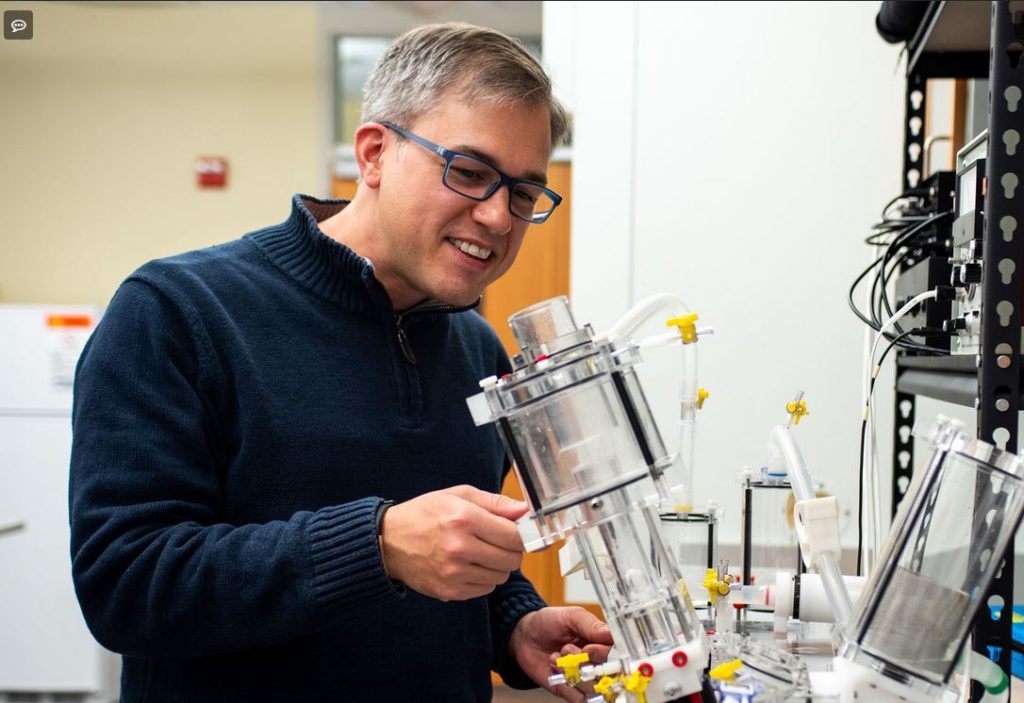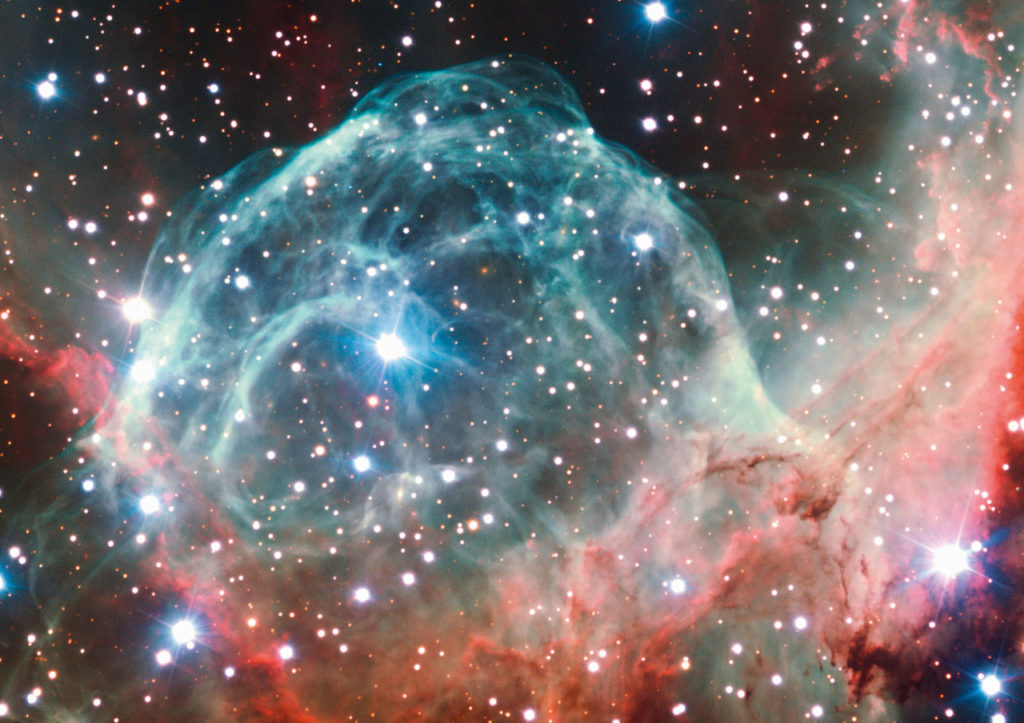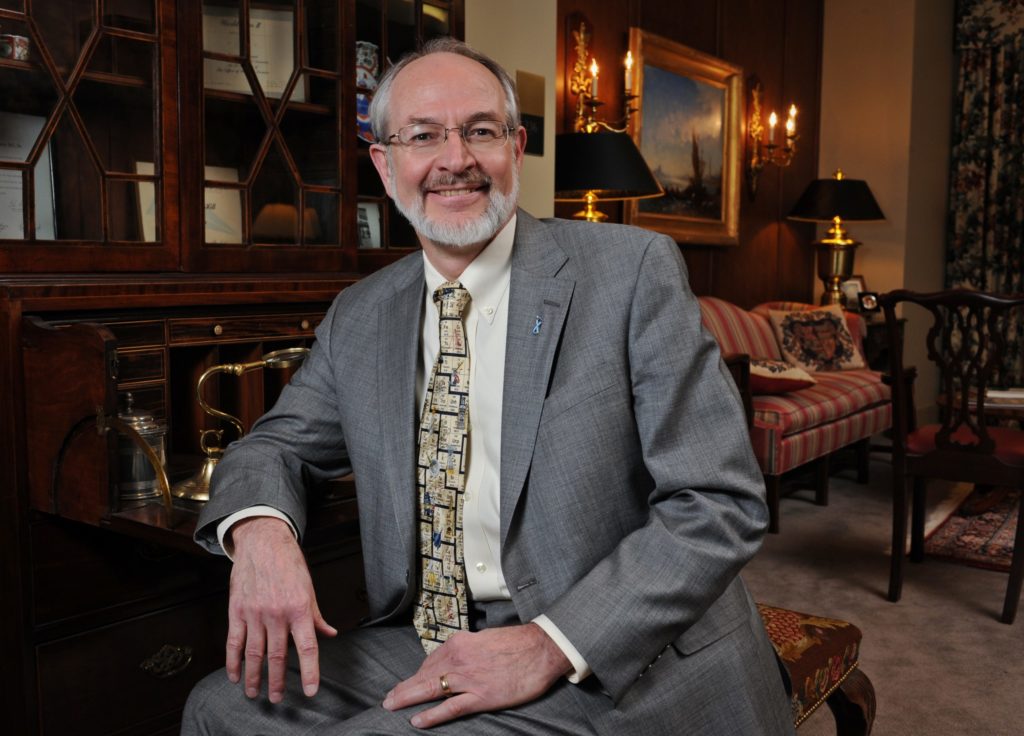
The U.S. Department of Energy recently awarded a grant of $2.5 million over five years to a multi-institution collaboration led by physicist Jonathan Engel in UNC’s College of Arts and Sciences that will address important topics in nuclear physics.
Also involved in the collaboration are Central Michigan University, the College of William and Mary, Iowa State, Michigan State University, Los Alamos National Laboratory, Lawrence Livermore National Laboratory, San Diego State University, the University of California at Berkeley, the University of Massachusetts and the University of Tennessee.
Experiments to study neutrinos and dark matter and to discover new particles often rely on a good understanding of the structure of the nuclei in atoms that are monitored for signs of change or that make up particle detectors. An understanding of nuclear structure is hard-won, however, because it hinges on an ability to simulate the quantum mechanics of 100 or more protons and neutrons moving around inside nuclei. “Nuclear Theory for Double Beta Decay and Fundamental Symmetries,” which was recently selected for DOE funding along with two other projects in a competition that included nearly 20 collaborative proposals, pools the expertise of nuclear theorists at 11 institutions to understand the motion of protons and neutrons inside nuclei in a way that helps scientists to optimally measure masses of neutrinos and to interpret experiments to detect new particles that are believed to constitute dark matter.
The collaboration will rely on recent breakthroughs in theoretical and computational nuclear-structure physics, and apply new theoretical methods to the nuclei that play a role in current and upcoming experiments. The difficult work will both strengthen our understanding of ordinary matter and allow some experiments on big mysteries in particle physics cosmology to reach their potential.
DOE award announcement




